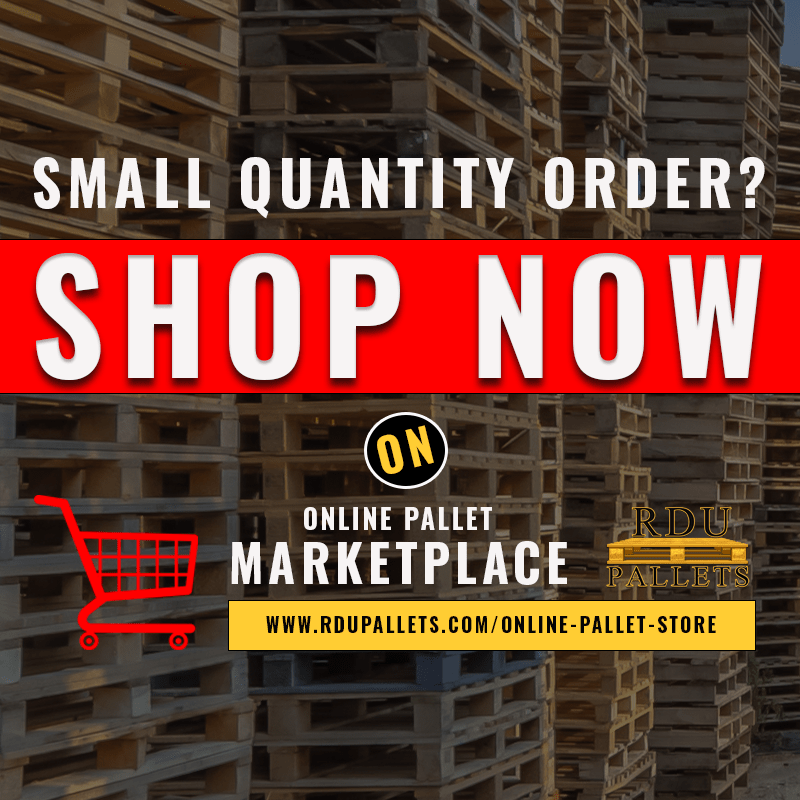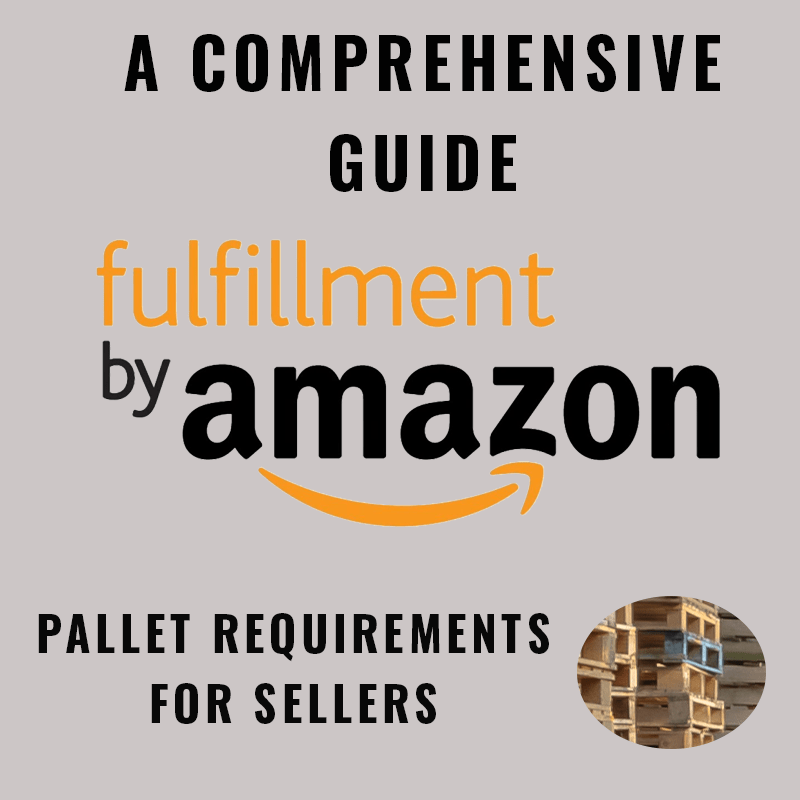Amazon’s Fulfillment by Amazon (FBA) program offers sellers a place to store, pack, and ship their products to customers. For sellers to grow their business by taking advantage of Amazon’s vast customer base, knowing FBA pallet requirements is necessary. Palletizing your products leads to well organized supply chain with happier customers. In this article, we’ll discuss Amazon’s FBA pallet requirements to help sellers understand Amazon’s FBA program and how having an online marketplace to order recycled pallets is a sustainable solution.
FBA Palletization – What is it?
FBA palletization is the process of organizing and shipping your business’s products to Amazon’s fulfillment centers on pallets.
Palletization allows for efficient storage, holding, and transportation of freight within Amazon’s giant warehouse network.
Through palletizing products, merchants can improve their use of space, reduce handling costs, and speed up the fulfillment process.
Why Should Your Business Palletize Amazon’s FBA?
Cost Effectiveness: Palletizing products can reduce hauling costs as motor carriers often charge based on the number of pallets rather than individual units.
Space Optimization: Palletized shipments are easier to pile and warehouse within Amazon’s fulfillment centers, extending available space.
Enhanced Safety: Palletization provides added safeguard to products during transit and storage, lowering the risk of damage.

Amazon FBA Pallet Requirements:
a. Pallet Dimensions:
Amazon typically requires pallets to be 40 inches by 48 inches in size.
Pallets must be grade A or grade B, sturdy and able to support the weight of the products stacked on them.
b. Pallet Weight Limits:
Amazon requires pallet to withstand weight limits on palletized shipments to ensure safe handling and storage.
The maximum weight for a standard pallet is usually around 1,500 pounds.
FBA Pallet Preparation Process:
a. Product Preparation:
Make sure all products comply with Amazon’s packaging and labeling requirements.
Bundle and label products according to Amazon’s guidelines to aid easy identification and sorting.
b. Pallet Assembly:
Make sure to choose a pallet of the appropriate size and confirm it is in good condition.
Arrange products on the pallet, taking care to distribute weight evenly and minimize overhang.
Secure products to the pallet using a banding machine or stretch wrap, safeguarding they are securely packed and secure.
c. Labeling and Documentation:
Generate and affix FBA shipment labels to each pallet, ensuring they are prominently displayed for easy identification.
Prepare any required documentation, such as packing slips or invoices, to accompany the shipment.
d. Arrange Pickup or Drop-off:
Coordinate for the shipment to be picked up by a carrier or delivered to the designated Amazon fulfillment center.
Follow Amazon’s instructions for scheduling deliveries and providing shipment details.

Tips for Successful FBA Palletization:
Plan: Allow ample time for pallet preparation and shipping to meet Amazon’s deadlines.
Quality Control: Ensure products are properly packaged and labeled to avoid delays or rejection by Amazon.
Communication: Stay updated on Amazon’s requirements and guidelines to guarantee compliance and smooth transactions.
Partner with Reliable Recycled Pallet Suppliers: Work with pallet suppliers that have a diverse supply of recycled pallets and who understand Amazon’s FBA requirements and can provide sustainable pallet products.
Palletization is a vital side of the FBA program, aiding sellers to modernize their operations and influence Amazon’s extensive fulfillment network successfully. By adhering to Amazon’s pallet prerequisites and understanding best practices for pallet preparation, sellers can guarantee their products reach customers quickly and efficiently, eventually leading to increased sales and customer approval. Understanding and mastering FBA palletization is necessary for sellers looking to succeed in the competitive world of e-commerce.



3 Comments
Pingback: 8 Factors Influencing Recycled Wood Pallet Pricing
Pingback: 2024 Lumber Prices: New Pallet vs Recycled Pallet Costs
Pingback: The Hidden Costs: Cons of Dealing with Pallet Brokers
Leave a comment